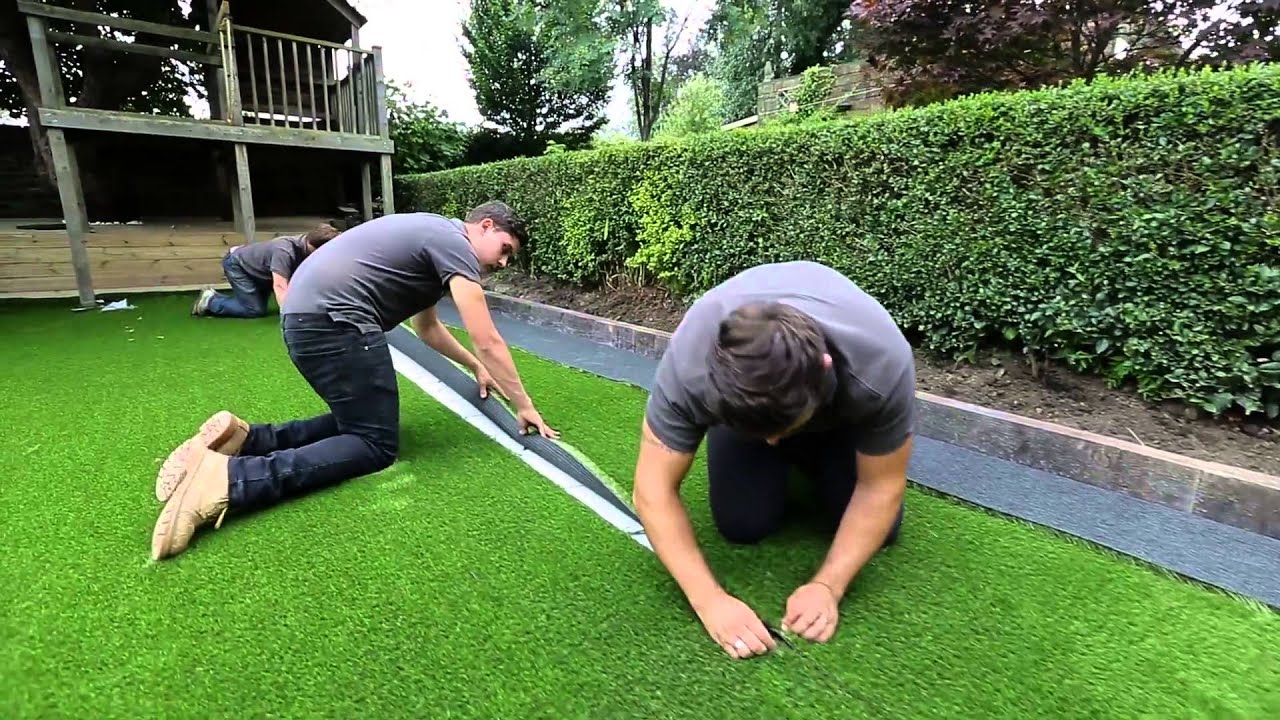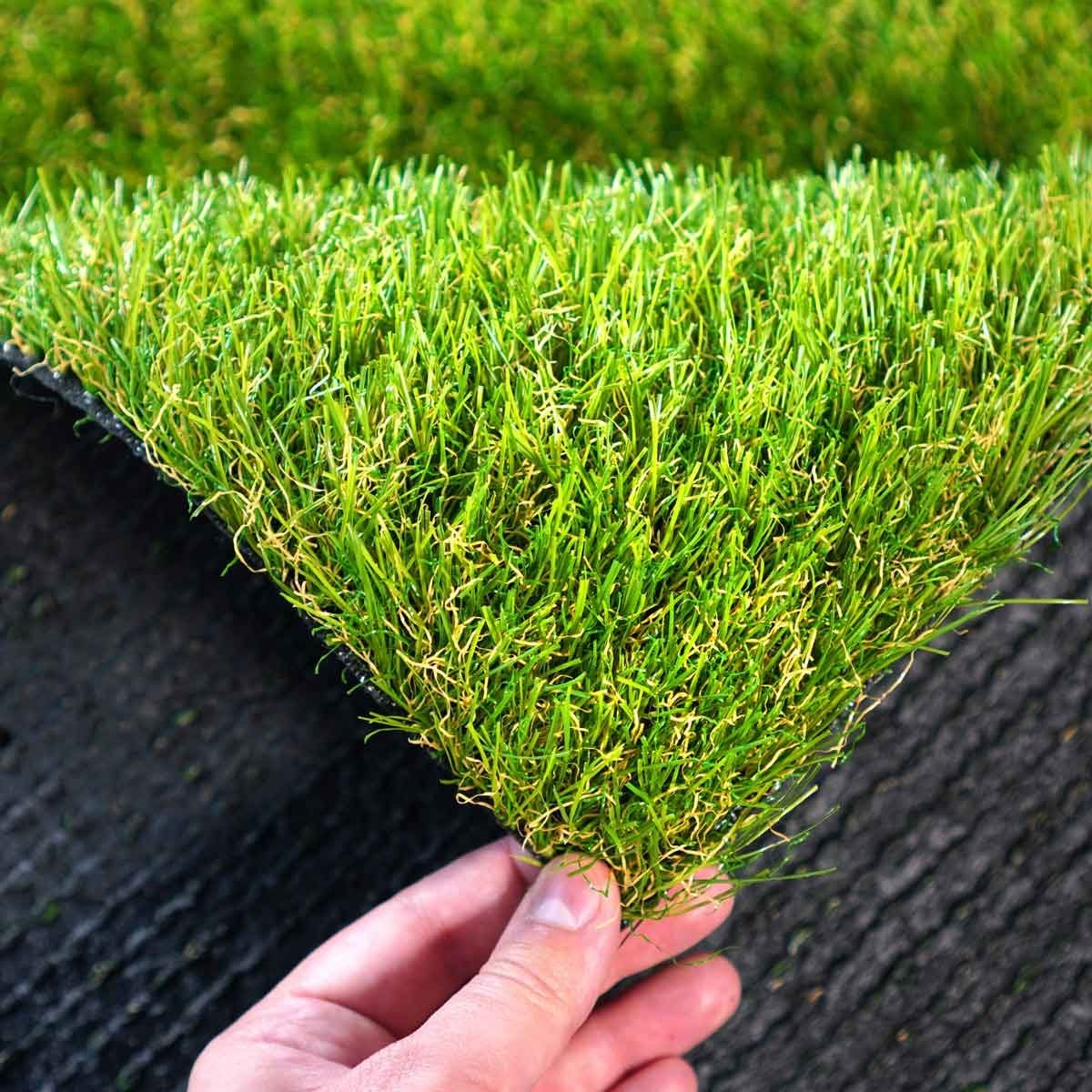Look Into the Environmental Benefits of Opting for Synthetic Grass Solutions
The fostering of synthetic grass services offers an engaging opportunity to attend to pushing ecological challenges. By substantially decreasing water usage and decreasing the application of damaging chemicals, these alternatives not only promote sustainable landscaping however additionally shield neighborhood communities. The lower carbon footprint associated with lowered maintenance activities contributes to a more lasting strategy to land monitoring. However, the implications of these advantages prolong past mere preservation initiatives, elevating concerns about their long-lasting influence on environment preservation and total environmental equilibrium. Discovering these dimensions discloses a complicated interaction worth thinking about.
Water Conservation Benefits
One of the most substantial benefits of synthetic grass is its capability to conserve water. Standard lawn lawns call for considerable irrigation, especially in locations prone to dry spell or water limitations. On the other hand, fabricated grass does not need watering, significantly minimizing the general demand for water resources. This function is specifically advantageous in deserts where water scarcity is a pressing issue.
By eliminating the demand for normal watering, man-made grass adds to lasting landscape practices and assists mitigate the environmental influence of extreme water usage. Furthermore, the preservation of water reaches the reduction of overflow, which can cause soil disintegration and river contamination.
In addition, the installation of fabricated lawn enables communities and house owners to assign water resources extra effectively, concentrating on necessary usages such as alcohol consumption water and agriculture. The shift in the direction of synthetic grass not only promotes responsible water usage yet likewise straightens with more comprehensive ecological objectives intended at preserving natural deposits.
As neighborhoods progressively focus on sustainability, the water preservation advantages of synthetic grass offer a compelling case for its fostering in commercial and household landscape design tasks.
Reduced Chemical Use
The shift to synthetic turf dramatically lowers the reliance on chemical treatments typically used in all-natural turf maintenance. Standard turf administration usually involves the application of fertilizers, herbicides, and chemicals to advertise growth and control pests. These chemicals can present risks to human wellness, neighborhood wildlife, and the setting, adding to dirt and water contamination.
In contrast, man-made turf gets rid of the demand for these damaging substances. By lessening the release of synthetic substances right into the ecosystem, fabricated grass advertises healthier soil and water systems.
Additionally, the lack of chemical drainage related to man-made grass setups aids safeguard neighborhood rivers from contamination, sustaining water life and keeping biodiversity. Turf installation phoenix az. As communities significantly prioritize lasting techniques, selecting synthetic grass provides a viable remedy that aligns with ecological preservation goals. Via this change, homeowner can delight in lush green rooms without compromising eco-friendly health and wellness, leading the way for an extra sustainable future
Lower Carbon Impact

Furthermore, the setup of synthetic grass can lead to considerable water preservation. All-natural yards require significant amounts of water for watering, which not just includes to the carbon footprint connected with water extraction and treatment but additionally pressures regional water resources. On the other hand, man-made turf requires very little upkeep, needing no watering, thus significantly minimizing water use and its linked power costs.
Furthermore, the long life of synthetic grass adds to its reduced carbon impact. With a life expectancy of as much as 15 years or even more, the requirement for constant replacements is lessened, resulting in less waste and lower power consumption in manufacturing and dealing with traditional grass alternatives. On the whole, synthetic grass offers a lasting alternative for eco conscious landscaping.
Habitat Preservation
Habitat conservation is a vital consideration in the debate over landscape design selections, specifically when comparing artificial grass to natural lawn. All-natural lawn yards typically require substantial maintenance, consisting of the usage of herbicides, pesticides, and fertilizers, which can adversely impact regional ecosystems. These chemicals can seep right into the soil and rivers, harming native vegetation and fauna and interrupting local habitats.
Fabricated grass gets rid of the demand for harmful chemicals, therefore protecting neighboring wildlife and keeping the stability of surrounding ecosystems. The installment of man-made grass can lead to the conversion of previous turf locations into more biodiverse landscapes, such as pollinator yards or native plant areas, which can sustain neighborhood wildlife.
Ultimately, the change to fabricated lawn not just preserves water and lowers upkeep initiatives however also fosters a more harmonious partnership in between human tasks and the natural surroundings, advertising habitat preservation in the procedure.
Long-Term Sustainability
Long-term sustainability is a critical consider reviewing the useful reference benefits of artificial turf over typical turf lawns. One of one of the most significant benefits of man-made turf is its sturdiness; it can last as much as 15-20 years with very little maintenance, whereas all-natural grass calls for frequent reseeding and substitute. This longevity lowers the need for continuous sources, such as water, fertilizers, and chemicals, which are crucial for preserving a healthy grass lawn.
Additionally, synthetic grass adds to a reduction in carbon exhausts connected with yard care tools. Typical lawns often require gas-powered lawn mowers, leaners, and blowers, every one of which add to air contamination. Arizona turf. In comparison, artificial turf gets rid of the need for such tools, promoting a cleaner setting
In addition, the production of fabricated grass increasingly makes use of recycled materials, enhancing its sustainability account. As makers take on environment-friendly practices, the ecological impact of man-made turf proceeds to diminish.

Conclusion
The fostering of artificial grass solutions offers substantial ecological advantages, consisting of substantial water preservation, decreased reliance on damaging chemicals, and a reduced carbon footprint. Fabricated lawn help in this page maintaining natural environments by lessening land disturbance and promoting long-term sustainability via the usage of sturdy materials. Collectively, these aspects underscore the potential of synthetic grass to add positively to environmental wellness and offer a feasible alternative to conventional landscaping practices in an increasingly resource-conscious globe.
In comparison, man-made grass does not need watering, considerably minimizing the total demand for water sources. By reducing the launch of artificial substances right into the environment, synthetic turf promotes much healthier dirt and water systems.
Additionally, the setup of fabricated turf can result in substantial water conservation. In comparison, artificial lawn needs marginal maintenance, calling for no watering, consequently substantially reducing water usage and its linked energy costs.
